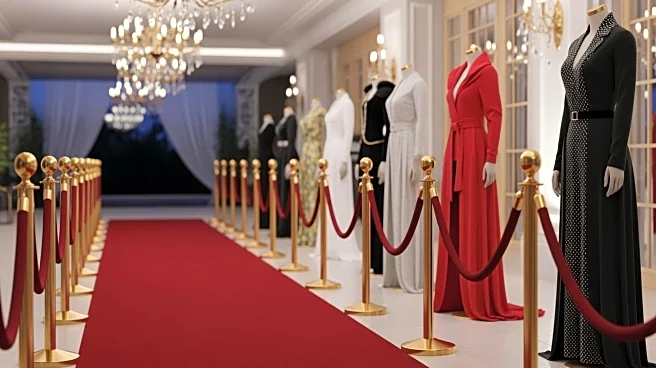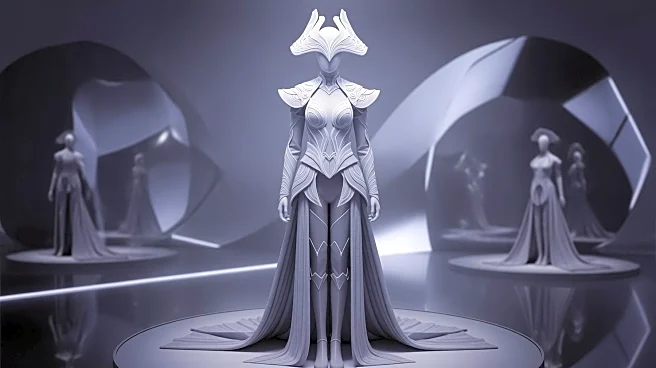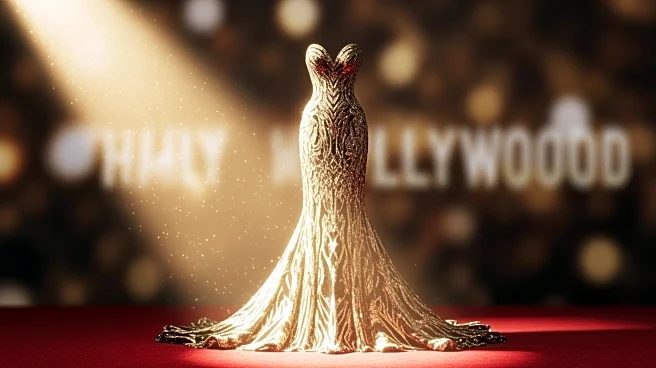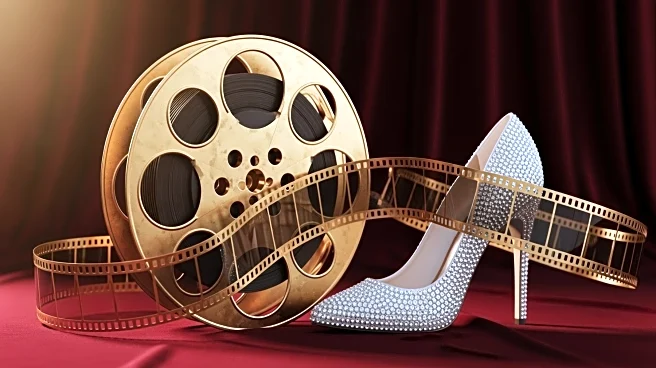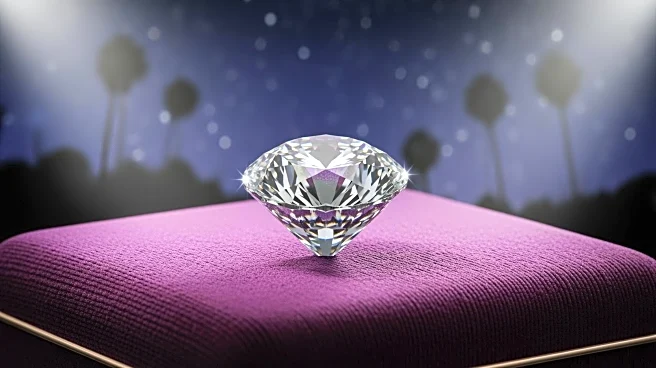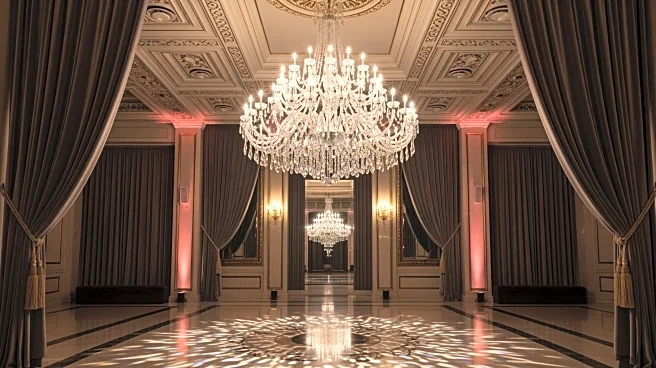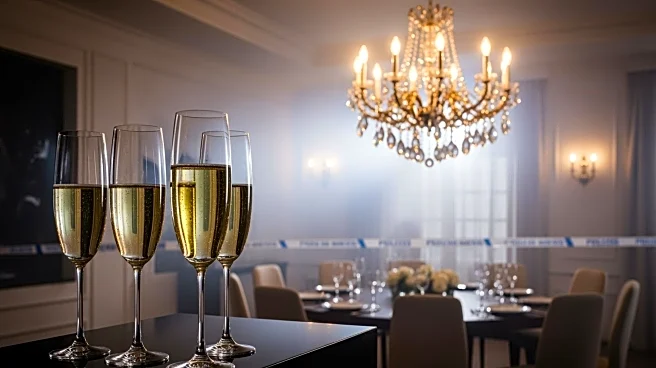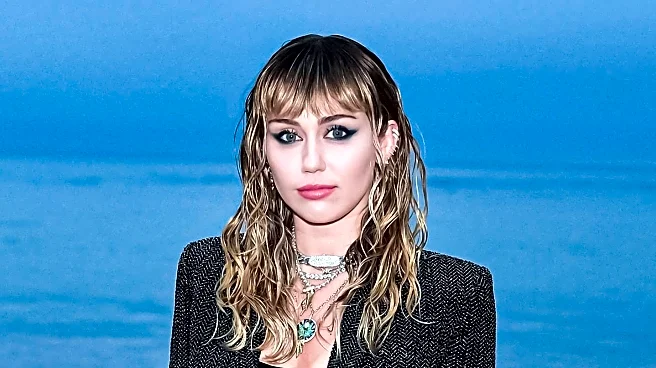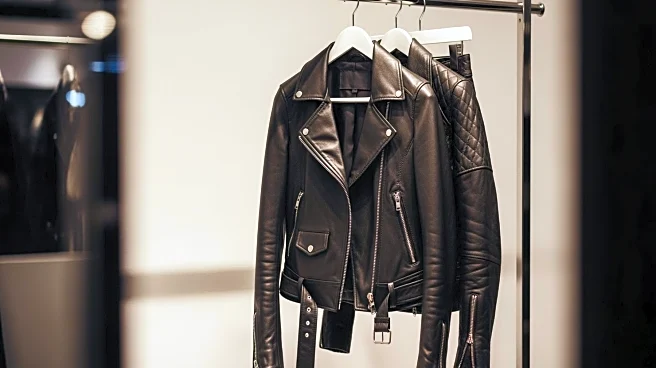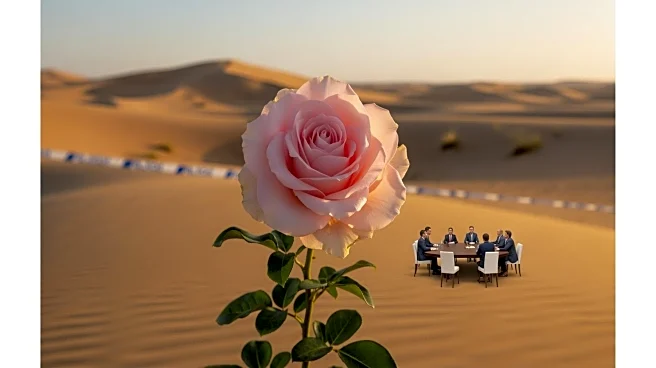What's Happening?
The Vogue World 2025 event in Hollywood featured a star-studded lineup of over 70 celebrities, including Taissa Farmiga, Dakota Johnson, Miley Cyrus, and Gwyneth Paltrow. The event was marked by a runway
show where Hunter Schafer walked in a costume originally worn by Tilda Swinton in the 1992 film 'Orlando'. The costume, designed by Oscar and BAFTA award-winning designer Sandy Powell, is known for its historical and androgynous style, reflecting the film's narrative that spans from the Elizabethan era to the 1990s. The event provided a platform for showcasing high fashion and iconic film costumes, drawing significant attention from the fashion and entertainment industries.
Why It's Important?
The Vogue World 2025 event highlights the intersection of fashion and film, showcasing how iconic costumes can influence contemporary fashion trends. By featuring costumes from notable films, the event underscores the cultural impact of cinema on fashion. This convergence of industries not only celebrates artistic creativity but also boosts the visibility of designers and actors involved. For the fashion industry, such events are crucial for setting trends and inspiring new collections. For the entertainment industry, they offer a platform to celebrate cinematic achievements and their lasting influence on popular culture.
What's Next?
Following the event, fashion enthusiasts and industry professionals will likely analyze the showcased designs for upcoming trends. Designers may draw inspiration from the event for future collections, while celebrities' fashion choices could influence public style preferences. The event's success may encourage similar collaborations between the fashion and film industries, potentially leading to more events that celebrate the synergy between these fields.
Beyond the Headlines
The event also raises questions about the role of fashion in preserving and reinterpreting cultural history. By reviving costumes from films like 'Orlando', the fashion industry not only pays homage to past artistic achievements but also reimagines them for modern audiences. This practice highlights the ongoing dialogue between past and present in fashion, where historical elements are continually reinterpreted to resonate with contemporary sensibilities.
